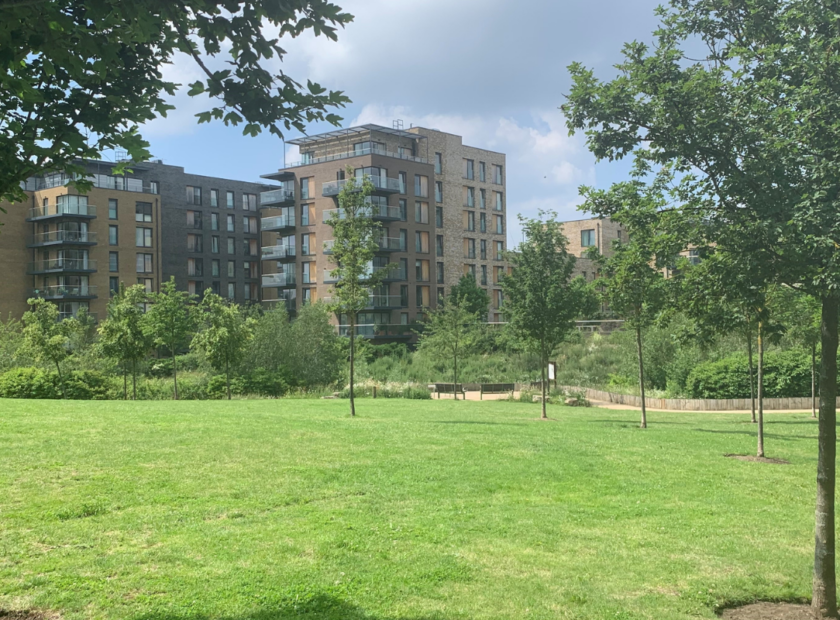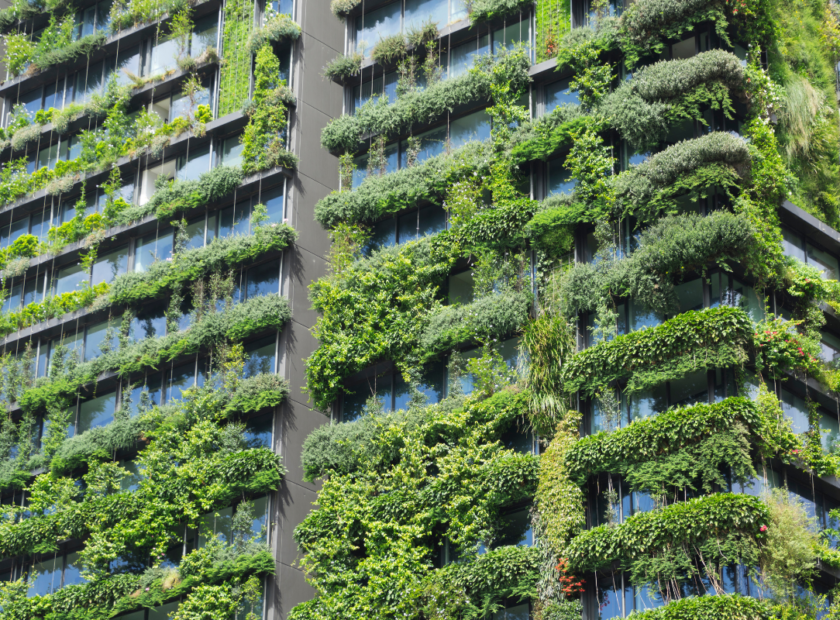Since the beginning of this month the Black Lives Matter movement has taken to the streets across Britain to protest the police violence and institutional discrimination against Black people. Sparked by the murder of George Floyd at the hands of a police officer in Minneapolis, the protests are more than a march in solidarity with African American communities in the United States. ‘The UK is not innocent’ is time and again among the cries of the protestors to expose the racial discrimination in the criminal justice system here in Britain, as well as wider racial exclusion and inequality.[1] In April the Runnymede Trust concluded that Britain’s Black and minority ethnic citizens face extensive and persistent social and economic inequalities, driven by a combination of racial discrimination and their overrepresentation in demographic circumstances such as poverty and ill health.[2] The protestors’ demand to end such injustice and create a better future for themselves and their children, is also a call of action for planning. Through its transformational power, planning can lessen – or intensify – the structural and racial inequalities of our society.[3] It is only when we assume responsibility that we can begin to look for opportunities for change.
It is hard to deny that institutional racism can be embedded within the way we plan places. There are stark examples from around the world of how planning systems can be organised to enforce racial segregation and purposefully deprive Black communities.[4] England has seen appalling places and homes being built, the unavoidable consequence of a planning system starved from resources and disempowered by deregulation.[5]The Government seems to take little interest in who ends up living in a former office block or becomes displaced by inner city gentrification. Instead further deregulation is being rolled out even before the review of permitted office to residential conversion is published.
The modern-day English planning system might not be purposefully designed to disadvantage Black and minority ethnic people. But the focus on housing numbers, sparse consideration for people’s wellbeing and insufficient opportunities for democratic participation are without a doubt particularly damaging to the lives of Black and minority ethnic people. Race-based exclusion in the housing system forces Black and minority ethnic people to be overrepresented in poor quality and overcrowded housing.[6] Black people are four times more likely to inhabit homes without gardens or outdoor space, are disproportionally exposed to air pollution and have less access to parks and nature than their white counterparts.[7] This risks reproducing racialised health inequalities: the Marmot Review published earlier this year concluded that health outcomes are the worst for minority ethnic groups.[8] And there is still a lot we do not know: it requires robust intersectional data to grapple with the cumulative impact of planning decisions on people with multiple protected characteristics and develop inclusive policy for racial equality: a young Black man faces different forms of exclusion than a Caribbean-born elderly woman which the built environment might sustain or worsen.[9] These are preventable forms of racialised human suffering driven by a deregulated and inhumane planning system; we could do so much better.
As someone who is young, white and by no means an expert on the matter, I do not claim to know how this country might achieve racial equality. But I do know that a participative planning system focussed on improving the quality of life of every community is the cornerstone of a just society. A planning system that delivers decent homes, beautiful public space and accessible transport options will not eradicate racial inequality. But it will bring transformational change to the lives of many Black and minority ethnic people in this country, as well as for white working-class communities. An inclusive planning process gives people control over their environments, so that Black and minority ethnic people are better positioned to create more decent affordable homes housing[10][11], preserve their cultural heritage in the landscape[12], and cultivate community farms and gardens in their neighbourhoods[13]. These are small but significant steps towards building healthier and more just communities, by and for Black and minority ethnic people.
The debate can really no longer be about whether Black and minority ethnic people deserve a better future or not: their humanity should not be up for discussion, and real substantial change should be made now. As the RTPI has called for earlier this year[14], we need to diversify the planning profession, building on the work of Black and minority ethnic people to ensure better representation of our society’s diversity.[15] A change of culture within planning education is needed to train planners to plan for the various needs of the entire population. Government should signal a genuine commitment to this agenda: the forthcoming Planning White Paper provides a crucial opportunity for Government to outline how planning will help bring racial equality to our towns and cities. When we ensure that planning is again about people, we might begin to address the injustices that Britain’s Black and minority ethnic communities endure under the current system.
[1] https://www.release.org.uk/publications/ColourOfInjustice
[2]https://www.runnymedetrust.org/uploads/publications/pdfs/2020%20reports/The%20Colour%20of%20Money%20Report.pdf
[3] https://www.www.tcpa.org.uk/planning-out-poverty
[4] See for example: https://www.bameinproperty.com/new-blog/the-legacy-of-apartheid-on-the-built-environment-in-south-africa and https://www.sahistory.org.za/article/group-areas-act-1950
[5] https://www.www.tcpa.org.uk/Handlers/Download.ashx?IDMF=30864427-d8dc-4b0b-88ed-c6e0f08c0edd
[6] https://housingevidence.ac.uk/wp-content/uploads/2019/06/Forms-and-mechanisms-of-exclusion-in-contemporary-housing-systems-June-2019.pdf
[7] https://www.theguardian.com/environment/2016/oct/10/londons-black-communities-disproportionately-exposed-to-air-pollution-study
https://www.runnymedetrust.org/blog/the-race-factor-in-access-to-green-space; https://www.ons.gov.uk/economy/environmentalaccounts/articles/oneineightbritishhouseholdshasnogarden/2020-05-14
[8]https://assets.publishing.service.gov.uk/government/uploads/system/uploads/attachment_data/file/357411/Review8_Green_spaces_health_inequalities.pdf https://www.health.org.uk/sites/default/files/upload/publications/2020/Health%20Equity%20in%20England_The%20Marmot%20Review%2010%20Years%20On_full%20report.pdf
[9] https://www.equalityhumanrights.com/en/publication-download/healing-divided-britain-need-comprehensive-race-equality-strategy
[10] https://bmenational.co.uk ; https://www.insidehousing.co.uk/insight/black-lives-matter-rethinking-housings-approach-to-racial-equality-66860?utm_source=Ocean%20Media%20Group&utm_medium=email&utm_campaign=11623542_IH-THE-FRIDAY-LONG-READ-19-6-2020-GR&dm_i=1HH2,6X4S6,1A2DA2,RTDDH,1
[11] https://www.theguardian.com/cities/2019/sep/09/we-had-to-fight-the-nf-but-can-londons-first-black-housing-co-op-survive-latest-threat
[12] https://blackculturalarchives.org
[13] https://www.ben-network.org.uk/doing/eng.html
[14] https://www.rtpi.org.uk/media/4157/equality-diversity-and-inclusivity-plan.pdf
[15] https://www.stephenlawrence.org.uk/what-we-do/built-environment/building-futures-programme/



